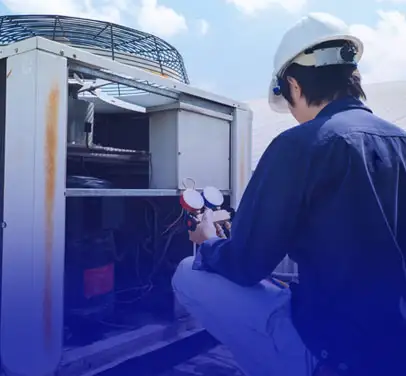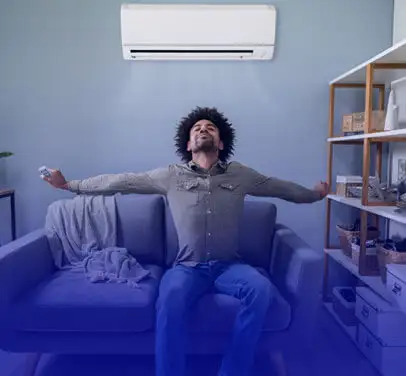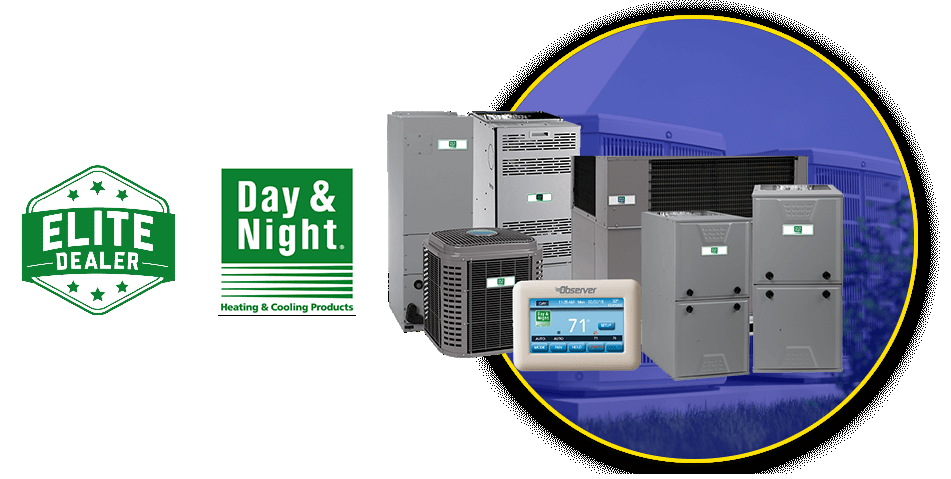About Us
Vardell’s Air Conditioning has the fullest diversity of air conditioning services and widest coverage in the Yuba-Sutter area. Our technicians use the most advanced technology and use their professional expertise at affordable prices. Call us now at (530) 674-8674! Every output of our company suits all our customers’ needs at prices they can afford. We guarantee high quality, fast and efficient work with all our air conditioning services. We are your best Air Conditioning Company in Yuba-Sutter and nearby areas. Call us now at (530) 674-8674 and we will give you a free estimate as well!
Learn MoreOur Services

Air Conditioning
Get rid of summer heat with perfect air conditioning solutions by Vardell’s Air Conditioning
Learn More
Heating
No need get freezed during winter, remember us we will be at your doorstep with perfect heating solutions
Learn More
Indoor Air Quality
Indoor Air Quality is essential for our health. Our representative will guide throught the best indoor air quality option
Learn MoreTestimonials
We aren't happy unless our customers are happy!
Peg & Herb Greathouse
Oct 30, 22 cooler weather was forecasted so it was…
Rebecca M.
Duane was super nice & professional with excellent service! I…
Lori M.
Excellent service and very reasonable. It was 105 yesterday when…
Steven N.
Rick has always been great with any kind of service.…
Katie O.
Fantastic customer service!!! Got us in on same day of…
Bill K.
Our A/C decided to blow up right in the middle…
Tim K.
We had a furnace problem recently, without heat and very…
Featured Manufacturer








